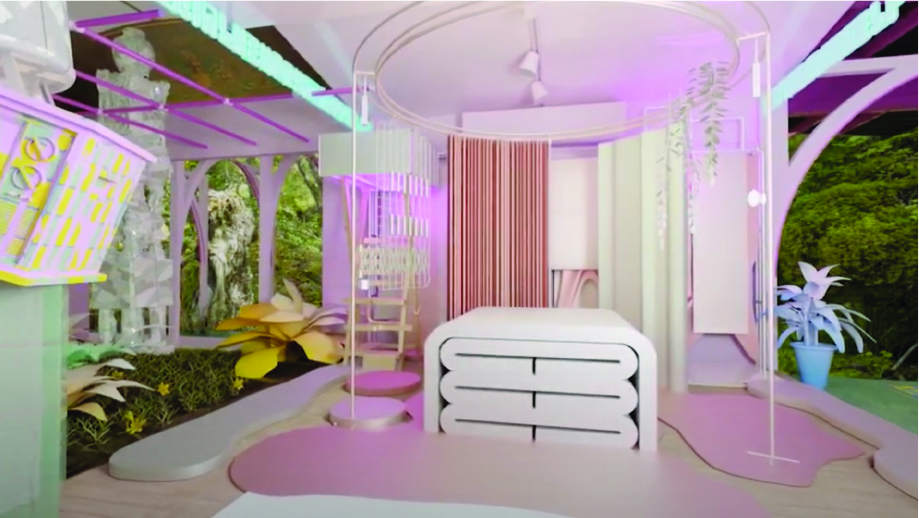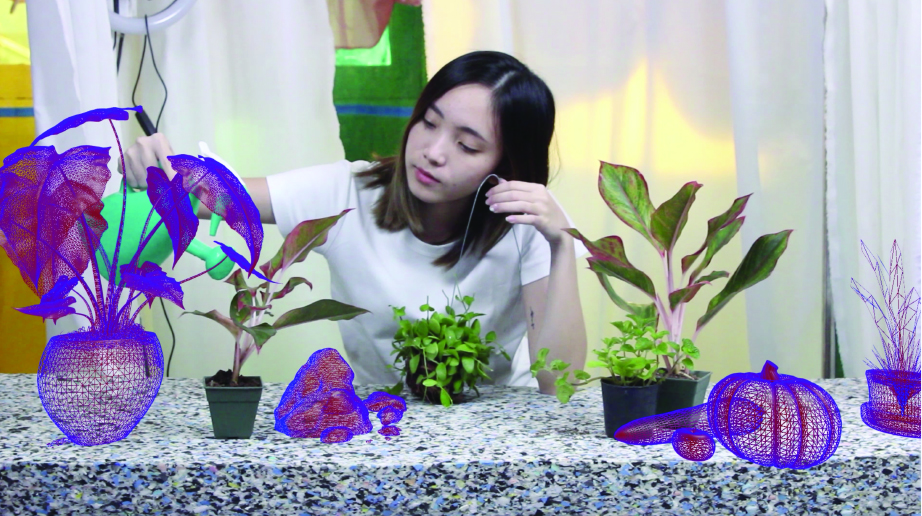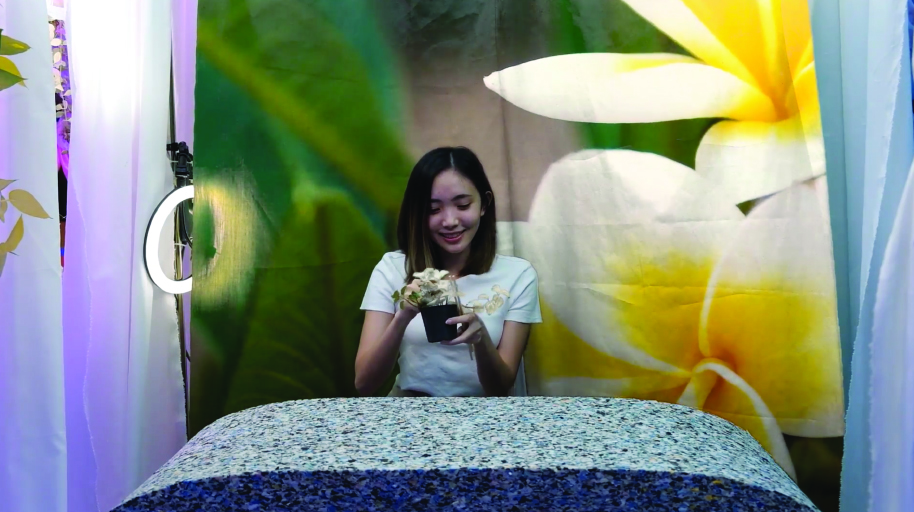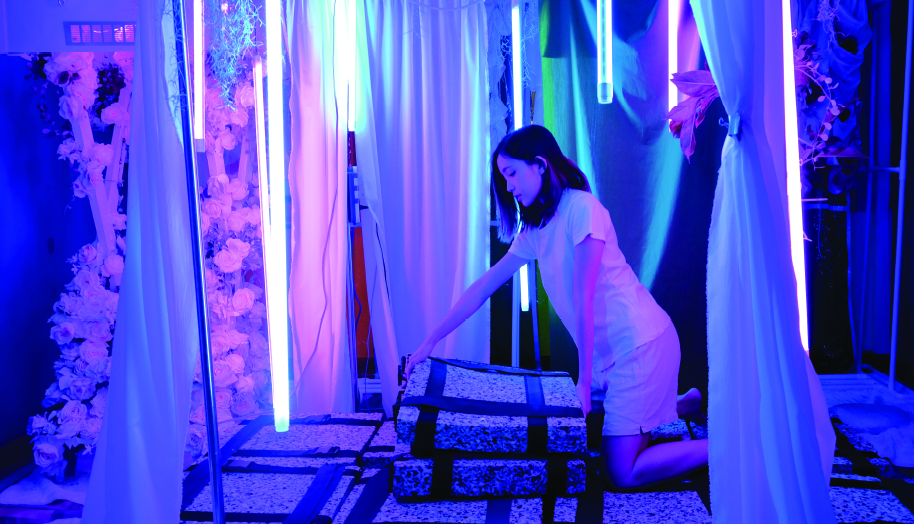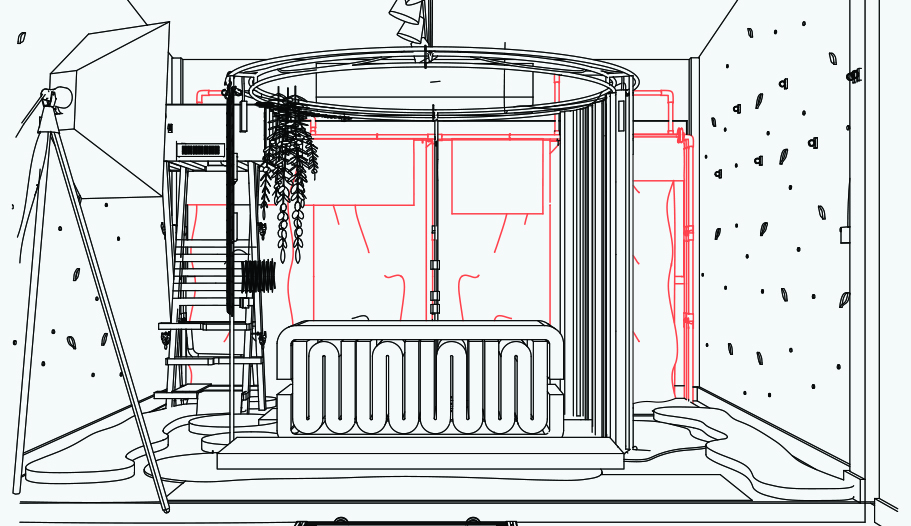Home is…? It is a simple question that can be answered within a second, but there are many factors that influence and complicate the way we answer. A home may be a space for living in a straightforward sense; however, “home” may also refer to the feelings, the people, the objects, or the different versions of ourselves that we feel comfortable with in a more private setting. Home Is… shows the perspective of a gardener whose regular activities and personalities outside the home are brought back inside and reinterpreted as part of a newly adapted lifestyle.
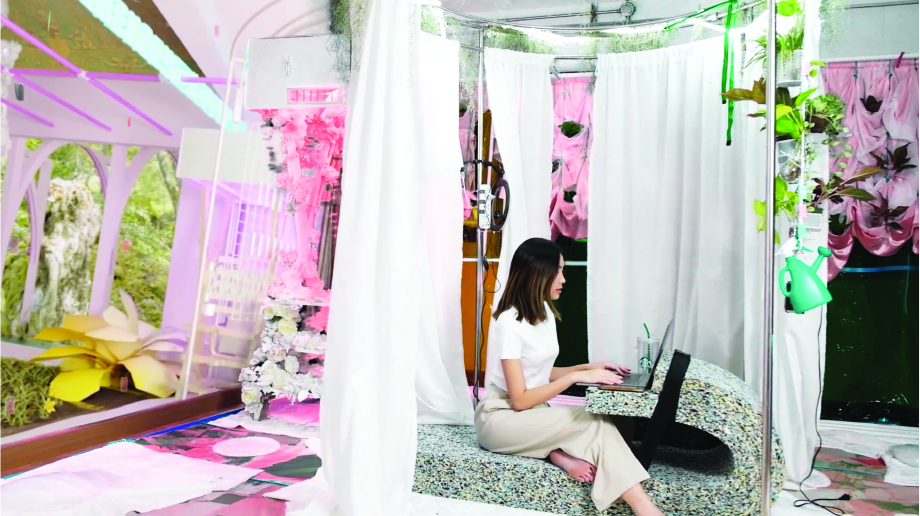
Michal Jurgielewicz
Panotn Chotesukhathai
Nisama Lawtongkum
Pheerapitch Phetchareon
Natalie Pirarak
Raphadson Saraputtised
Sasatorn Sawansan
Slin Smakkamai
Sirawich Teerasithipol
Natcha Thanachanan
Nicha Vareekasem
Related Projects:
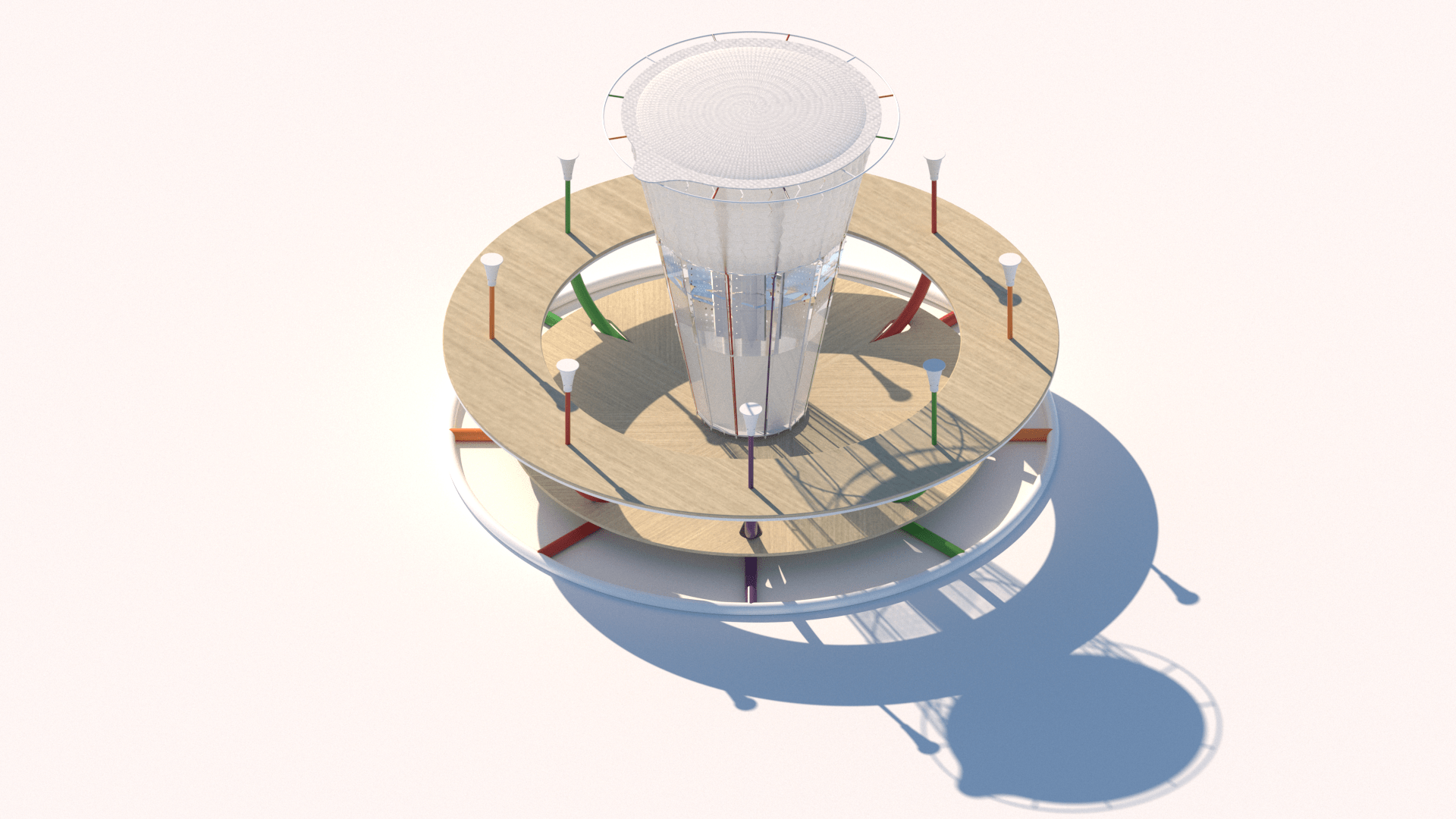
Pipo Project
Childhood is a time of wistfulness and innocence. Throughout this period, one learns to engage with the surroundings and associate them with certain emotions. Consequently, joyful moments and freedom of imagination are often abandoned as people mature. In spite of this, some places, things, events, or even familiar atmospheres can evoke sentiments of the past—nostalgia. This project proposes a hybrid spatial design that reminds ourselves of these collective childhood memories through innovative experiences. In order to connect with a larger audience, Pipo, a well-known jelly cup confectionery, is introduced as a retrospective medium. Combining material interaction with digital manipulation, the design development utilizes both virtual and physical experimentation. The project uses multiple communication strategies to provoke particular emotions and senses of the ‘afterlife.’ How have our lifestyles, eating behaviors, and habits been challenged and altered? How can a small scale architectural intervention provide the experience of inclusivity in our collective memory?
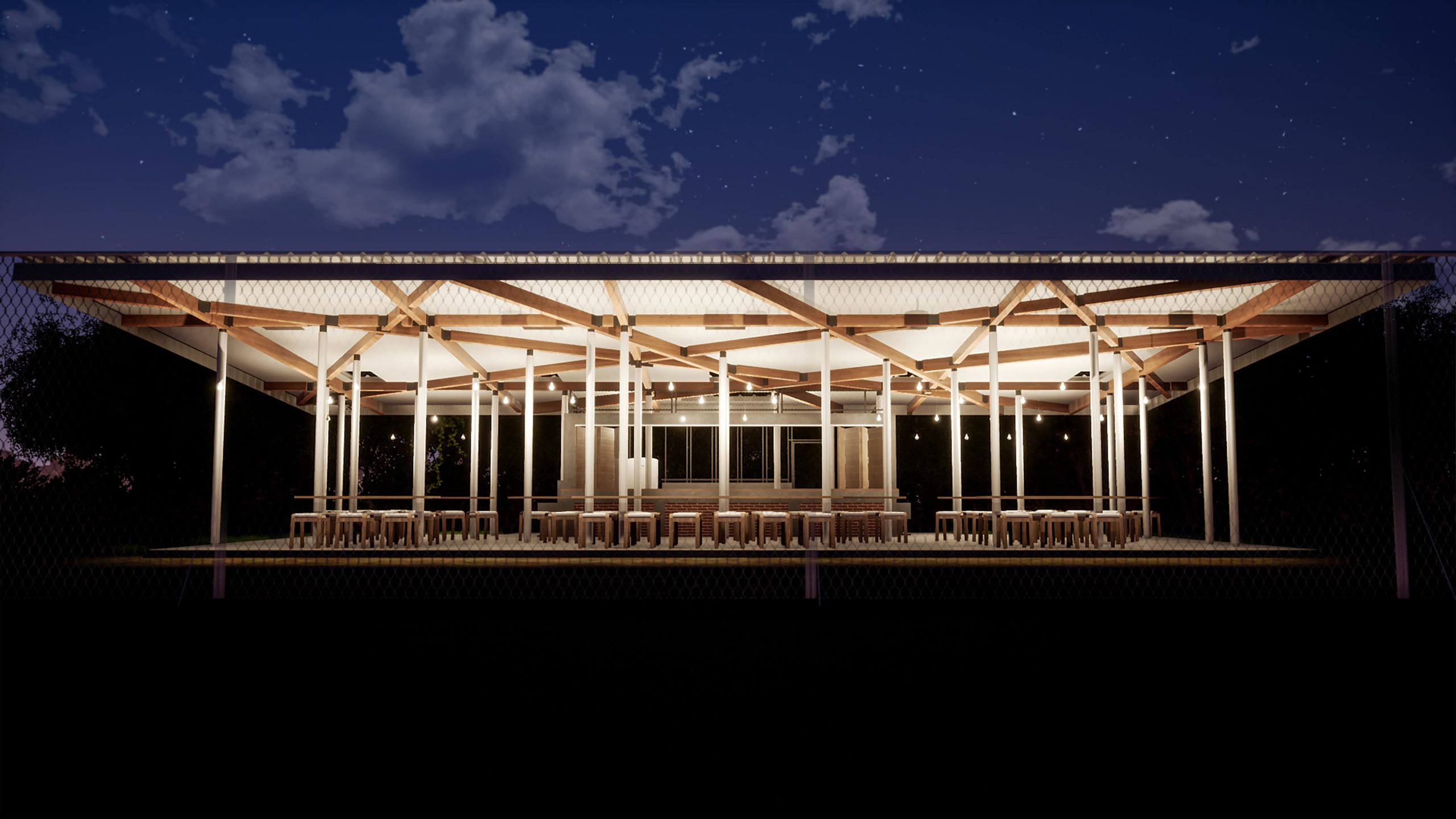
Ban Huai Mae Bon School
A new refectory and multi-purpose space for the Ban Huai Mae Bon school replaces a dilapidated canteen and provides a safe and hygienic dining space while also offering a space for other assemblies and teaching activities. Students developed the overall design and details with the school community, making a series of presentations to the students and teachers. They also managed the costs of the project by coordinating with contractors and suppliers, helped raise additional funds, scheduled the construction process, and aided in building the space under the guidance of a contractor and instructors.
